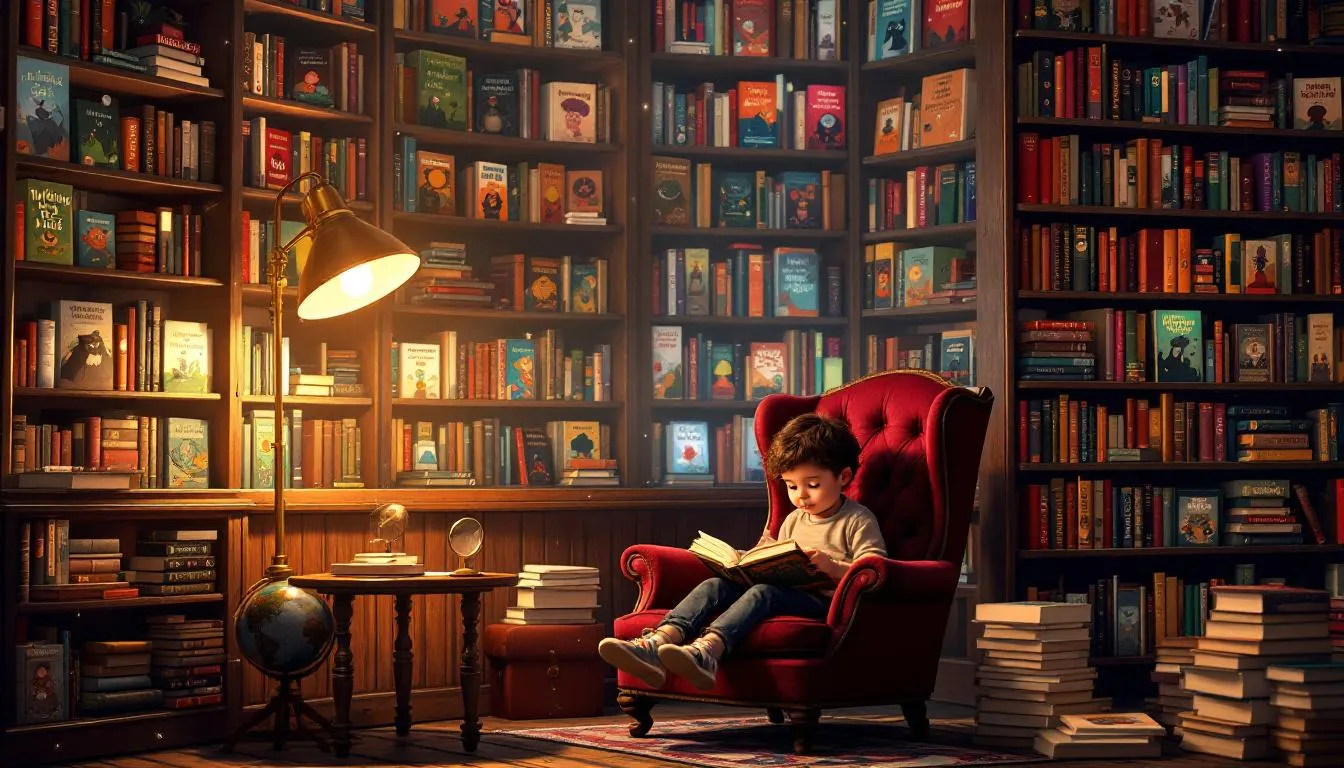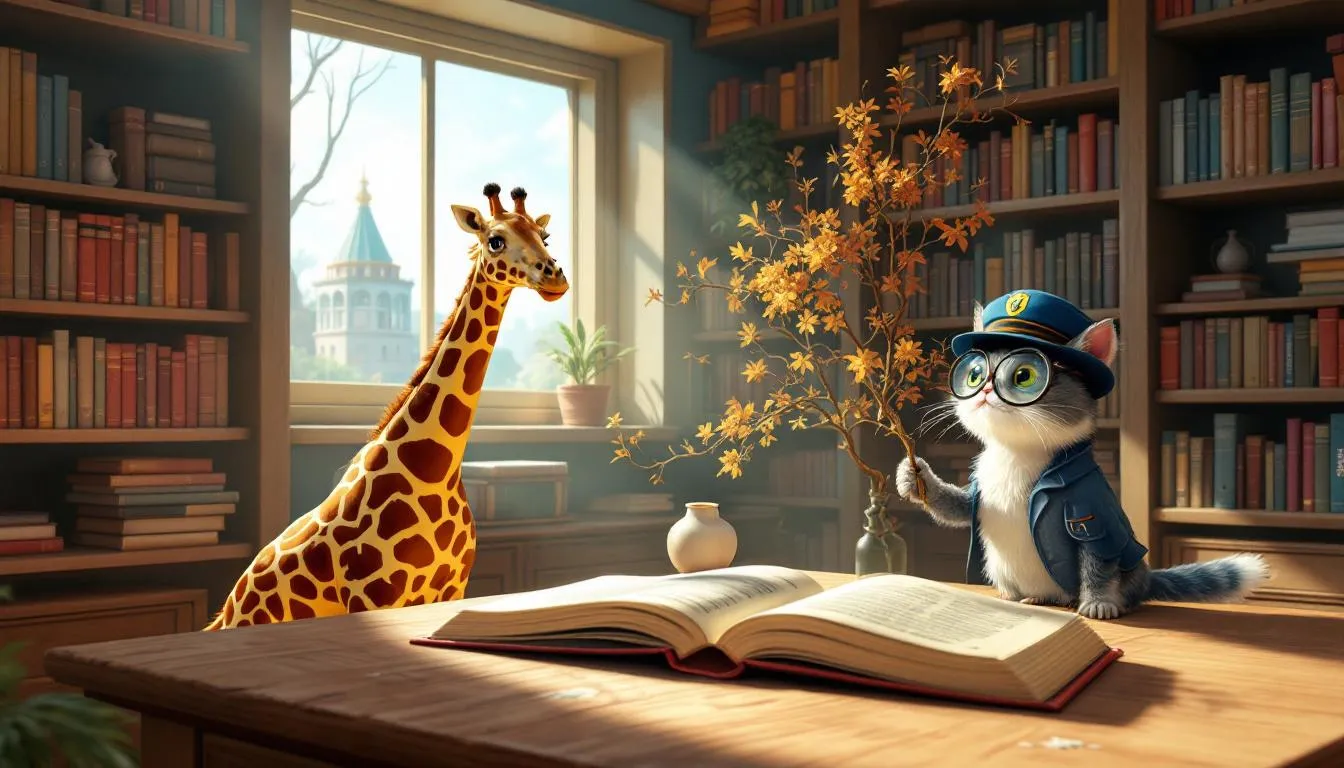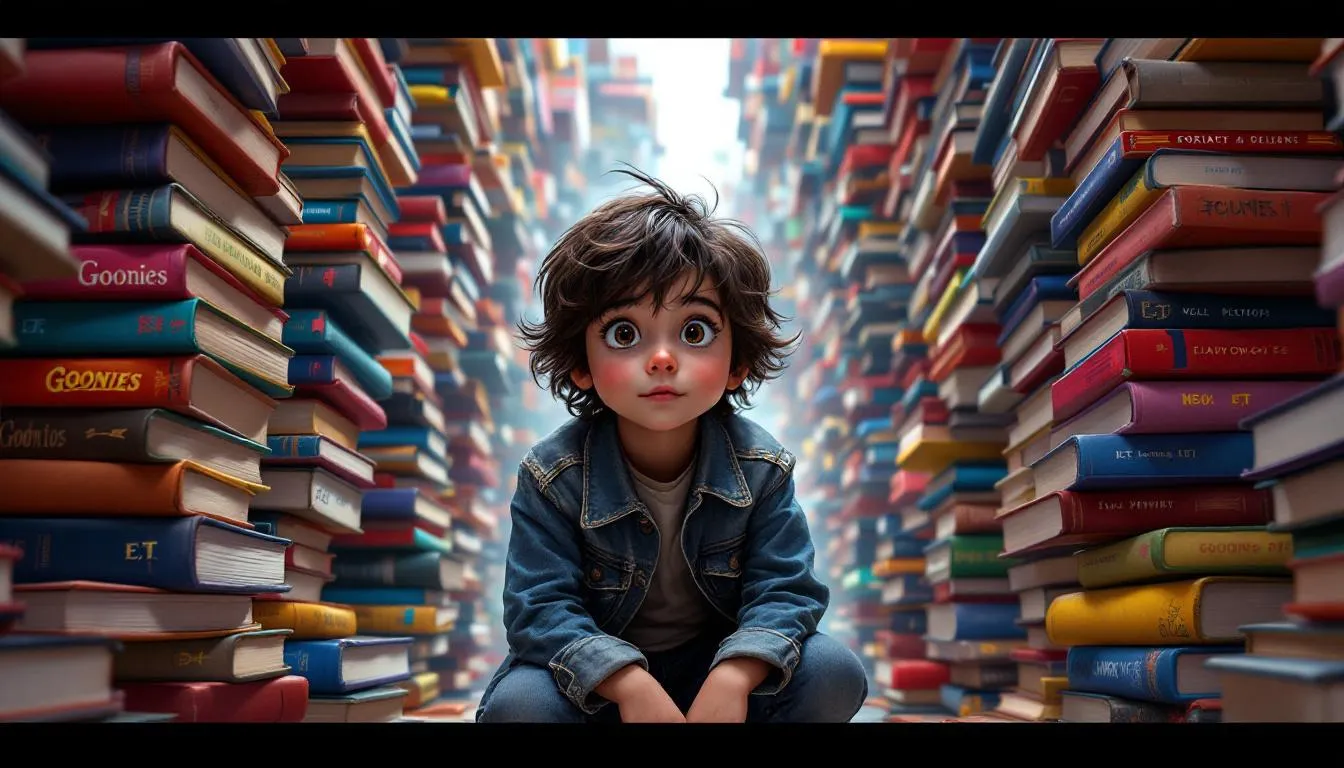Table of Contents
Quick Answer
Pop-up books are enchanting creations featuring interactive, 3D elements that transform the simple act of turning a page into an adventure. These books captivate readers of all ages by bringing stories to life through intricate paper engineering, inspiring DIY enthusiasts to craft innovative projects like foldable boards or personalized greeting cards. Pop-up books serve as both a source of wonder and a springboard for endless creative possibilities.
Their unique charm lies not only in their visual appeal but also in their blend of art and engineering, inviting deeper exploration.
What Makes Pop-Up Books Unique?
Pop-up books stand as treasures in literature and art, starting with their captivating 3D elements. Unlike traditional books with flat pages, pop-up books quite literally leap out at you. Ingeniously folded and cut, their paper layers transform into dynamic structures. I still remember the amazement on my child’s face when a paper dragon sprung to life from a book. This tangible interaction turns reading into an immersive adventure, sparking curiosity and wonder.
The magic continues with the interactive storytelling experience they offer. As you flip through the pages, you actively participate in the narrative. Each pull tab and pop-up reveals hidden story elements, encouraging further exploration. Discovering a tiny door or window in a pop-up book feels like uncovering a secret passageway in a grand adventure—who doesn’t love a mystery?
The engaging visual and tactile aspects are pop-up books’ crowning glory. Vibrant illustrations combined with the tactile sensation of pulling, pushing, and flipping create a multi-sensory experience. This perfect blend of sight and touch leaves a lasting impression, transporting you to different worlds, much like a well-crafted movie or a beautifully painted canvas.
These distinctive qualities not only entertain but also inspire us to think outside the box, leading to a realm of creative possibilities.
How Do Pop-Up Books Spark Creativity?
Pop-up books ignite creativity, beginning with their encouragement of imaginative play. When a child opens a pop-up book and sees a castle rise or a jungle filled with wild animals, it invites them to embark on their own adventures. I remember my daughter, inspired by a book featuring an enchanted forest, creating her own paper forest at home using colored construction paper and glue. Watching her imagination take flight was beautiful.
Beyond imaginative play, pop-up books offer a fresh storytelling perspective. Unlike traditional books with flat illustrations, pop-up books unfold narratives in three dimensions. This dimensional storytelling encourages readers to think about visual and spatial storytelling, much like translating a movie into a book—or vice versa! As a parent, I’ve seen how this inspires kids to craft their own stories with unique twists, using whatever materials they have.
The intricate designs and engineering behind pop-up books can also inspire budding designers and engineers. Each fold and cut is a lesson in creativity and problem-solving. My son, fascinated by how a simple piece of paper could transform into a flying bird, spent weeks creating his own pop-ups, learning design and engineering principles.
These elements of pop-up books—imaginative play, innovative storytelling, and inspiring design—naturally lead to a world of DIY projects. From crafting personalized storybooks to creating unique greeting cards, the possibilities are endless.
What DIY Projects Can You Create from Pop-Up Books?
Let’s explore DIY projects inspired by pop-up books. These imaginative creations are a goldmine for crafting enthusiasts seeking to add magic to their projects.
First, consider designing foldable boards and cards. Imagine receiving a birthday card where a cake pops out with candles flickering as you flip a tab. I crafted a pop-up card for my niece’s birthday featuring a fairy garden, complete with tiny flowers and a twinkling paper waterfall. Her surprise was priceless, and the effort was worth every second!
Beyond cards, create personalized pop-up scenes. These miniature dioramas capture anything from serene beach sunsets to bustling cityscapes. A friend of mine made a pop-up scene of her family’s camping trip, complete with a tiny paper tent and campfire. It was like a scrapbook come to life, preserving a cherished memory.
Consider developing interactive art pieces. Pop-up books are about movement and surprise, elements that can enhance unique art installations. I once saw an exhibit where each piece had a pop-up element, inviting viewers to engage with the artwork unexpectedly. Even a simple pop-up butterfly on a canvas can transform a static piece into something dynamic.
These projects are fun and provide opportunities to hone crafting skills. Whether you’re a seasoned crafter or a curious beginner, there’s a pop-up project waiting for you. As you embark on your own pop-up adventures, remember each creation is a step into a world of creativity.
How to Start Your Own Pop-Up Book DIY Project?
Starting your own pop-up book DIY project is an exciting journey into paper engineering and creativity. Let me guide you through the essentials to get started.
First, gather the right materials and tools. Here’s a basic list:
- Paper: Cardstock is ideal for sturdy pop-ups, while lighter paper works for intricate details.
- Scissors and Craft Knife: Precision is key, so a sharp pair of scissors and a craft knife are must-haves.
- Ruler and Pencil: Essential for measuring and marking designs accurately.
- Glue: A good quality glue stick or liquid glue keeps creations intact.
- Cutting Mat: Protects your workspace and ensures clean cuts.
With your toolkit ready, dive into basic pop-up techniques. Here’s a simple step-by-step guide to creating a basic pop-up:
- Create a Base: Fold a piece of cardstock in half to serve as the base of your pop-up.
- Design the Mechanism: Cut slots or tabs in another piece of paper to form moving parts.
- Attach Elements: Secure pop-up elements to the tabs so they move when the page is opened.
As you gain confidence, personalize and innovate your designs. Add colorful layers, use decorative scissors for fancy edges, or incorporate themed elements that reflect your interests. I once made a pop-up book for a friend who loves the ocean, with waves and sea creatures seemingly swimming off the page. It was a delightful challenge, and her reaction was incredibly rewarding.
With these foundational steps, you’re on your way to creating your very own pop-up book masterpiece. Experimenting with these techniques will reveal countless ways to push the boundaries of your creativity.
What Are Some Popular Pop-Up Book Techniques?
Creating pop-up books is entering a world of paper magic where sheets transform into dynamic scenes. It starts with mastering basic folds. One fundamental fold is the V-fold, forming a hinge-like structure that makes elements pop up as you open the page. This technique is ideal for simple pop-up cards or adding a basic 3D element to a project. When I used a V-fold to make a frog leap from a page, the joy it brought to my kids was worth every paper cut!
Next, explore layering and depth. This technique stacks paper elements at different heights to create depth and perspective, like building a mini stage set. You can create a forest with trees of varying heights or a city skyline stretching into the distance. When I made a pop-up jungle scene, the layers of greenery and hidden animals created an adventure on every page.
For those ready to elevate their pop-up books, mechanical movements offer an exciting challenge. These involve creating more complex interactions, such as pull tabs and rotating discs, adding dynamic motion to creations. Imagine a sun rising or a windmill turning as you open the page. Advanced techniques like these require patience and precision but result in truly captivating experiences.
Sharing this creative journey with young ones is incredibly rewarding. Watching kids discover the magic of pop-ups and craft their own stories is a wonderful way to nurture creativity and spend quality time together.
How to Involve Kids in Pop-Up Book Projects?
Involving kids in pop-up book projects creates a shared experience that’s both educational and fun. Here’s how you can engage kids of different ages in this creative world.
For younger children, assigning age-appropriate tasks is crucial. Simple roles like choosing colors, drawing elements, or applying glue make them feel involved. When my son was five, his task was coloring the sky and gluing stars on a pop-up night scene. His enthusiasm was contagious, giving him a sense of accomplishment.
Older kids can take on more complex roles, such as designing pop-up mechanisms or cutting intricate shapes. This challenges their creativity and enhances problem-solving skills. My daughter, at ten, loved engineering a pop-up garden with blooming flowers. She learned to think spatially and developed a knack for design.
Participating in pop-up projects offers educational benefits beyond crafting. Kids improve fine motor skills, learn geometry basics through folding and measuring, and grasp storytelling dynamics as they decide how pop-up elements unfold the narrative. These activities subtly integrate learning with play, making education enjoyable.
Encouraging creative expression and teamwork is vital. When kids work on a project together, they learn to share ideas, compromise, and appreciate each other’s contributions. I saw this firsthand when my kids created a pop-up pirate ship. It wasn’t just about the ship; it was about their journey, learning to collaborate and valuing each other’s creativity.
As you embark on pop-up adventures with your kids, you’ll craft amazing projects, nurture essential skills, and bond as a family. Remember, each step in this creative journey is a foundation for lifelong learning and imagination.
Key Takeaways
- Pop-up books blend art and engineering, igniting creativity in both kids and adults.
- Transform ideas from pop-up books into DIY projects like cards, scenes, and art pieces.
- Involving kids in pop-up projects enhances their creativity, teamwork, and problem-solving skills.
- Simple tools like cardstock and scissors are all you need to start your pop-up adventure.
- Encourage your child’s imagination and learning through hands-on crafting experiences.
Unleash your creativity and embark on a pop-up adventure that brings stories to life and crafts memories with your family!







